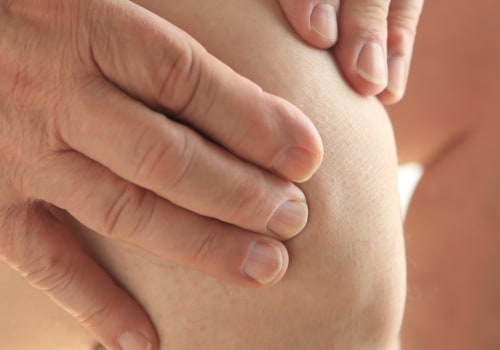When using lower back pain, uncomplicated neck pain (as opposed to neck pain after an injury such as whiplash), shoulder pain and elbow pain (for example, tennis elbow), arthritis, pelvic, hip and leg problems, sports injuries, muscle and joint pain associated with driving, work or pregnancy. When using lower back pain, uncomplicated neck pain (as opposed to neck pain after an injury such as whiplash), shoulder pain and elbow pain (for example, tennis elbow), arthritis, pelvic, hip and leg problems, sports injuries, muscle and joint pain associated with driving, work or pregnancy.
When to do osteopathy?
When using lower back pain, uncomplicated neck pain (as opposed to neck pain after an injury such as whiplash), shoulder pain and elbow pain (for example, tennis elbow), arthritis, pelvic, hip and leg problems, sports injuries, muscle and joint pain associated with driving, work or pregnancy. Osteopathy is a system for evaluating, diagnosing, treating and preventing a wide range of health problems.
Dora Hughes26/08/20220 minutes read
Dora Hughes
Devoted social media maven. Amateur zombie scholar. Incurable coffee maven. Proud social media fan. Friendly tv buff.
New Articles
Osteopathy Or Chiropractic: Which Medical Treatment Do You Need For Your Car Accident Injuries In Atlanta
Dora Hughes7 minutes readIf you've been in a car accident, you may be wondering whether you need chiropractic care or osteopathic care. Both types of practitioners are trained to treat musculoskeletal conditions, but they have different approaches.
Does osteopathy treat osteoarthritis?
Dora Hughes2 minutes readIn addition to the usual “wear and tear arthritis” in older people (osteoarthritis), osteopaths can help with the treatment of all types of arthritis, such as rheumatoid arthritis, ankylosing spondylitis, psoriatic arthritis and other autoimmune or inflammatory arthritis to relieve pain and joint mobility. Research shows that manual therapy, such as osteopathy, can relieve pain, increase flexibility, and improve quality of life for people with osteoarthritis.
From Flat Feet to Back Pain: How Osteopathy and Podiatry Connect
Dora Hughes2 minutes readFlat feet may seem like a localized issue, but their effects often travel far beyond the arches. When the feet lack proper support or alignment, the entire musculoskeletal system can be affected.
Holmdel Osteopathy And Interventional Pain Medicine: Which One Is Right For You?
Dora Hughes5 minutes readIt's no secret that osteopathy and pain management are two of the most popular medical specialties today. With so many people suffering from chronic pain, it's no wonder that these two fields are in high demand.






